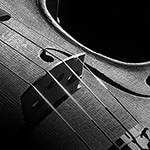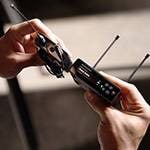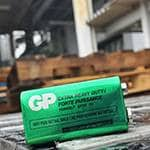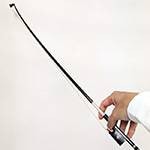There are things I wanna quickly say about the wah wah
There are things I wanna quickly say about the wah wah
I have a wah wah I have a wah wah
There are things I wanna quickly say about the wah wah
This is something that often happens when using a wah-wah pedal for the first time.
I had no idea how to turn it on or off, since the wah-wah has a switch under the pedal!
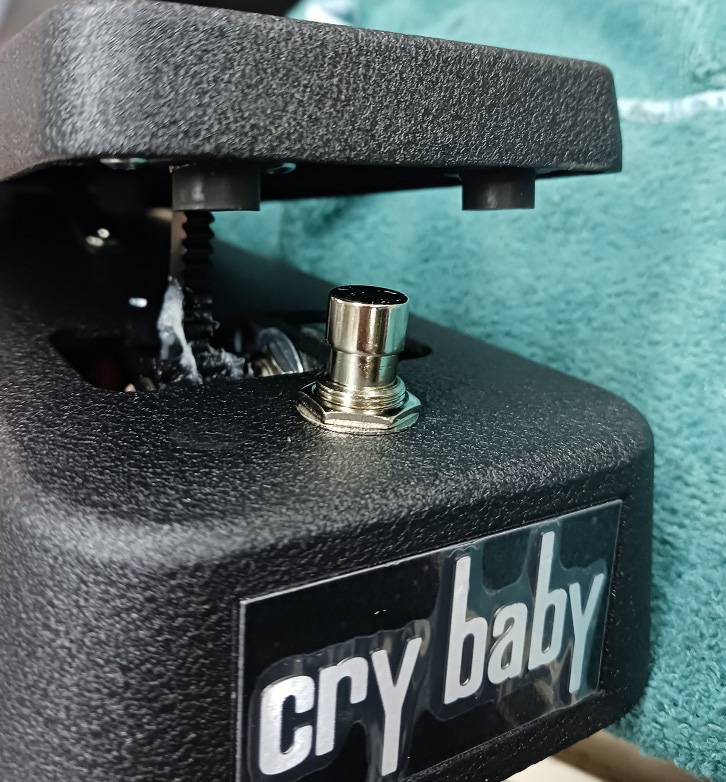
You switch it ON/OFF by putting your weight on your toes, but with these brand-new units, the rubber tends to be stiff, so it often takes some force at first. If you’ve ever thought, “I’m pressing with my toe while sitting and it’s not switching at all!” Try standing up and turning it ON/OFF. The way your weight shifts will be different, and it should switch normally.
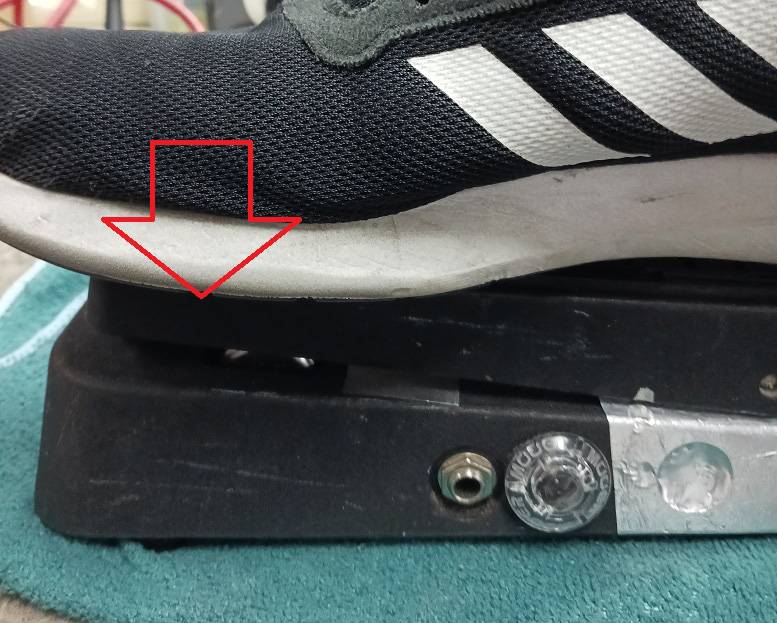
If it still doesn't switch, some models allow for adjustment.
Please refer to this blog post ("For Those of You Who Want to Adjust Your Wah Pedal Yourself"). However, note that this method might not be possible depending on the model.
Back when I worked at a music store, a customer once brought in a wah-wah pedal the day after purchasing it, saying the wah effect wouldn’t engage. I explained, “You press down on the front to turn it ON/OFF”, and then the customer lifted their leg and stomped on it like a karate heel drop. That really surprised me… Explaining things can be hard sometimes...
There are things I wanna quickly say about the wah wah
These wah-wah pedals be driving me mad~POISON~
I’m gonna talk about some things about the Wah Wah now~
The grease inside is confusing and is often mistaken for dirt
At the tip of the wah-wah pedal, there's a gear that meshes with the shaft gear of the internal pot. When the pedal moves, it turns the pot, which changes the tone. Grease is applied to this shaft.
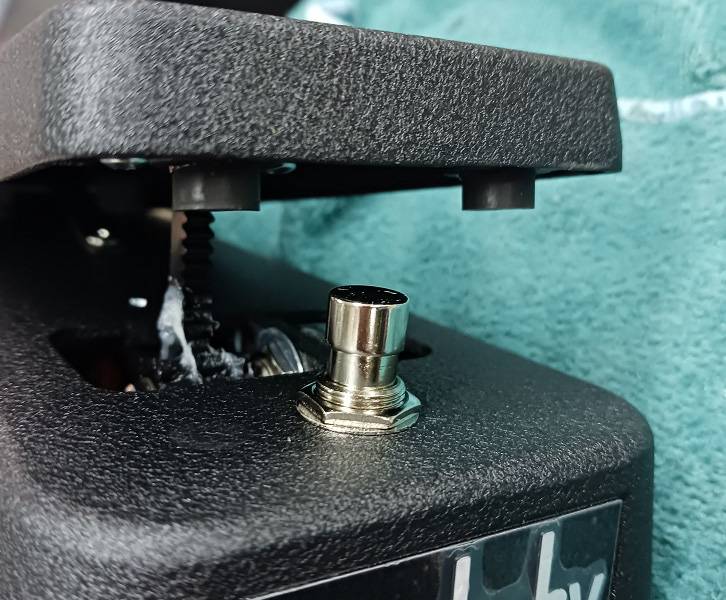
Some people might wonder, “Do we really need the grease?” but without it, the pedal will start to squeak. Some manufacturers don’t apply it, but once it starts squeaking, applying grease will help.
That said, another thing about the wah wah is that if you leave the pedal unused or always stored in your pedalboard, dust can stick to the grease and eventually make its way inside, causing scratchy noise in the pot. Ideally, you would store it in a box when not in use—but honestly, I’ve never seen anyone put it back in the box every time… (I’ve never cared much about it myself.)
There’s some things that I wanna quickly say about the wah-wah~~
It’s easy to forget which side is the INPUT~~
With classic models like the Jim Dunlop GCB-95 CryBaby or the VOX V847, there’s no clear labeling for INPUT and OUTPUT, so many people might have connected it backward and wondered why there’s no sound. These models are essentially reissues of vintage designs, so they don’t have the user-friendly features of modern pedals. But, if you look closely, the labeling is there.
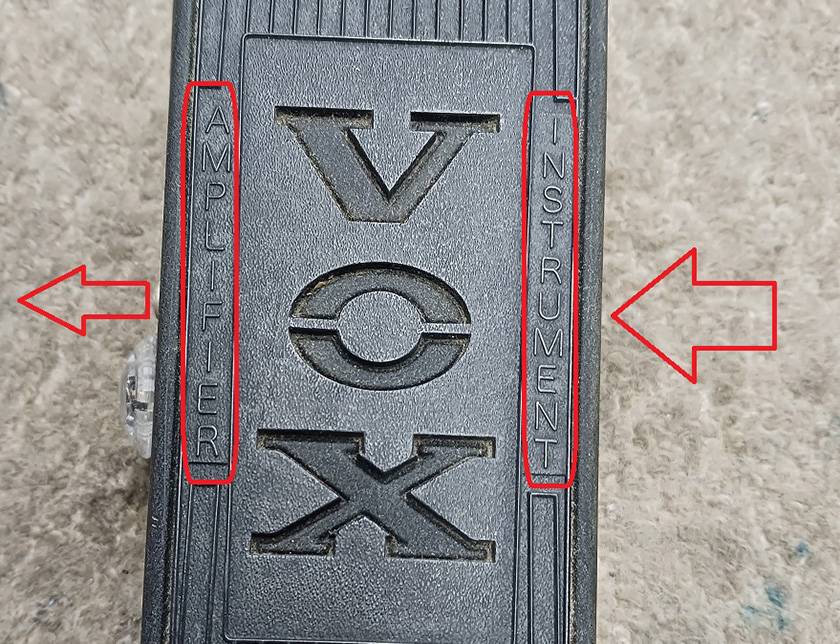
INSTRUMENT = Instrument → Connect your guitar here. In other words, this is the INPUT.
AMPLIFIER = Amplifier → Connect your amp here. In other words, this is the OUTPUT.
The INPUT is on the right and the OUTPUT is on the left, so it’s the same as most modern effects pedals! (Though with older pedals, it’s common to see the INPUT on the left.)
If you connect it in reverse, you’ll hear the bypass signal, but when the pedal is ON, no sound will come out or you’ll just get noise—so be careful!!
I’ve got more things to say about the wah-wah that I want to share, so stay tuned for the next blog post!






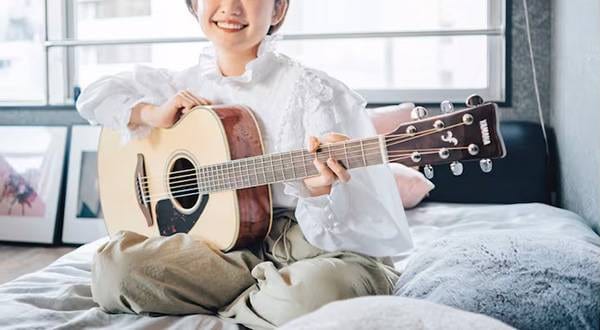
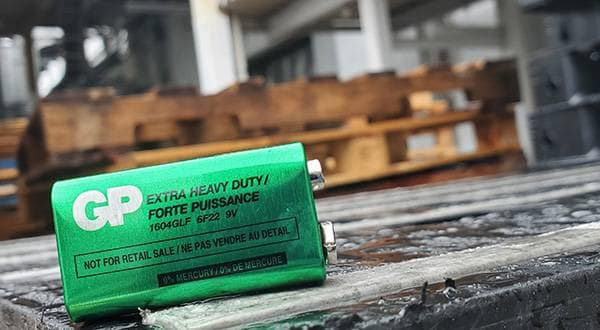
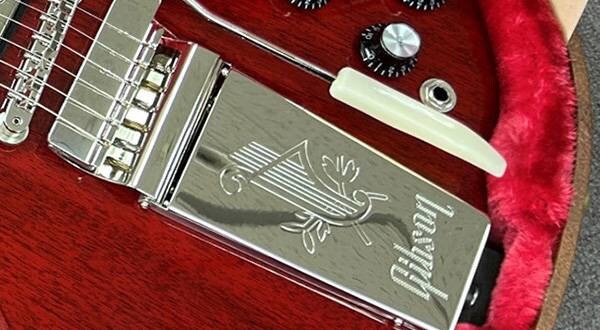
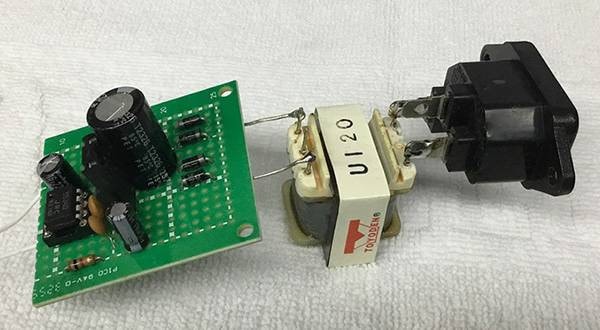
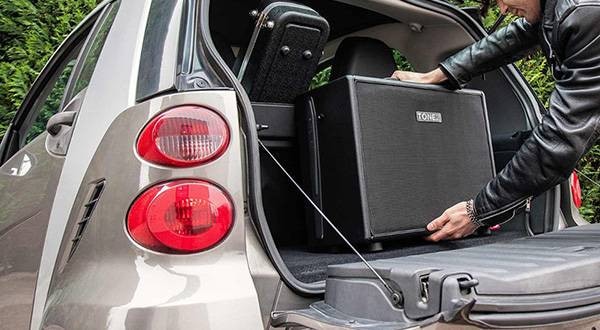
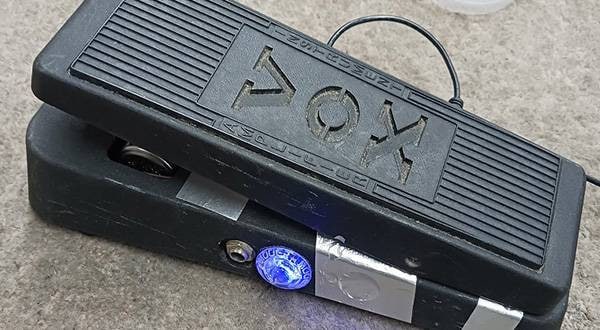
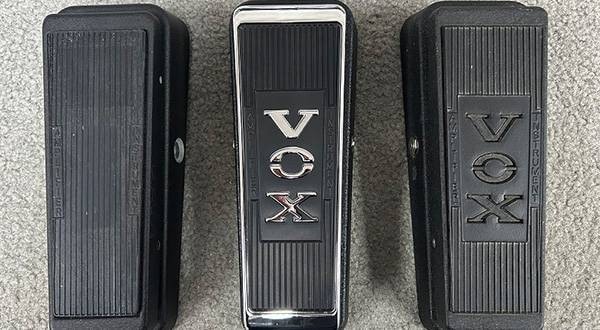
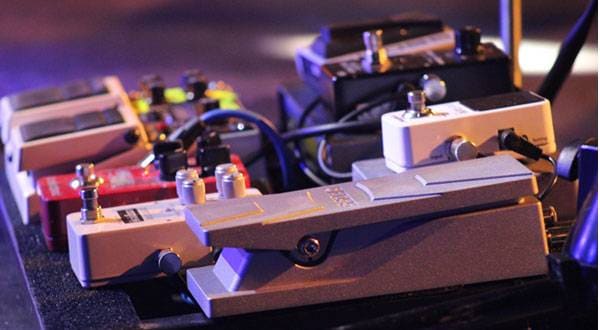
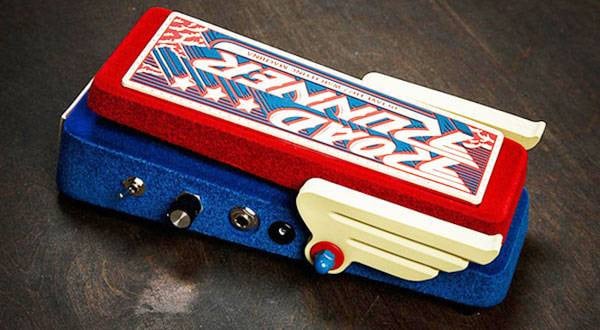
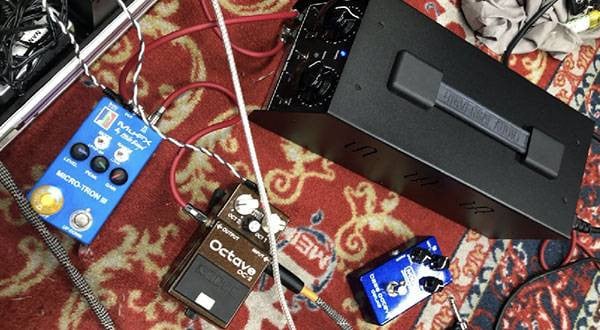
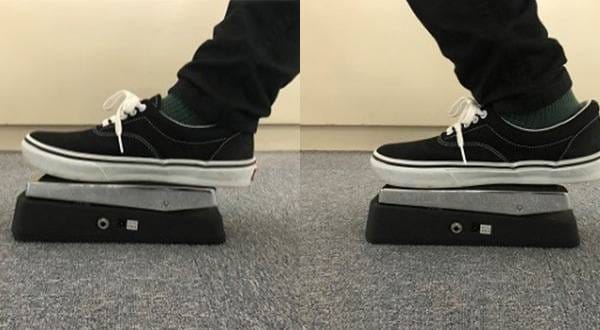
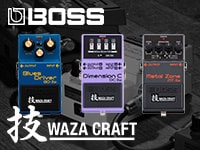 技 WAZA CRAFT特集
技 WAZA CRAFT特集
 【初心者向け】エフェクター講座
【初心者向け】エフェクター講座
 あなたのエフェクターボード見せてください
あなたのエフェクターボード見せてください
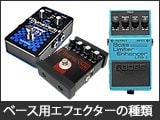 ベース用エフェクターの種類
ベース用エフェクターの種類
 エフェクターのつなぎ方
エフェクターのつなぎ方
 エフェクターの種類
エフェクターの種類
